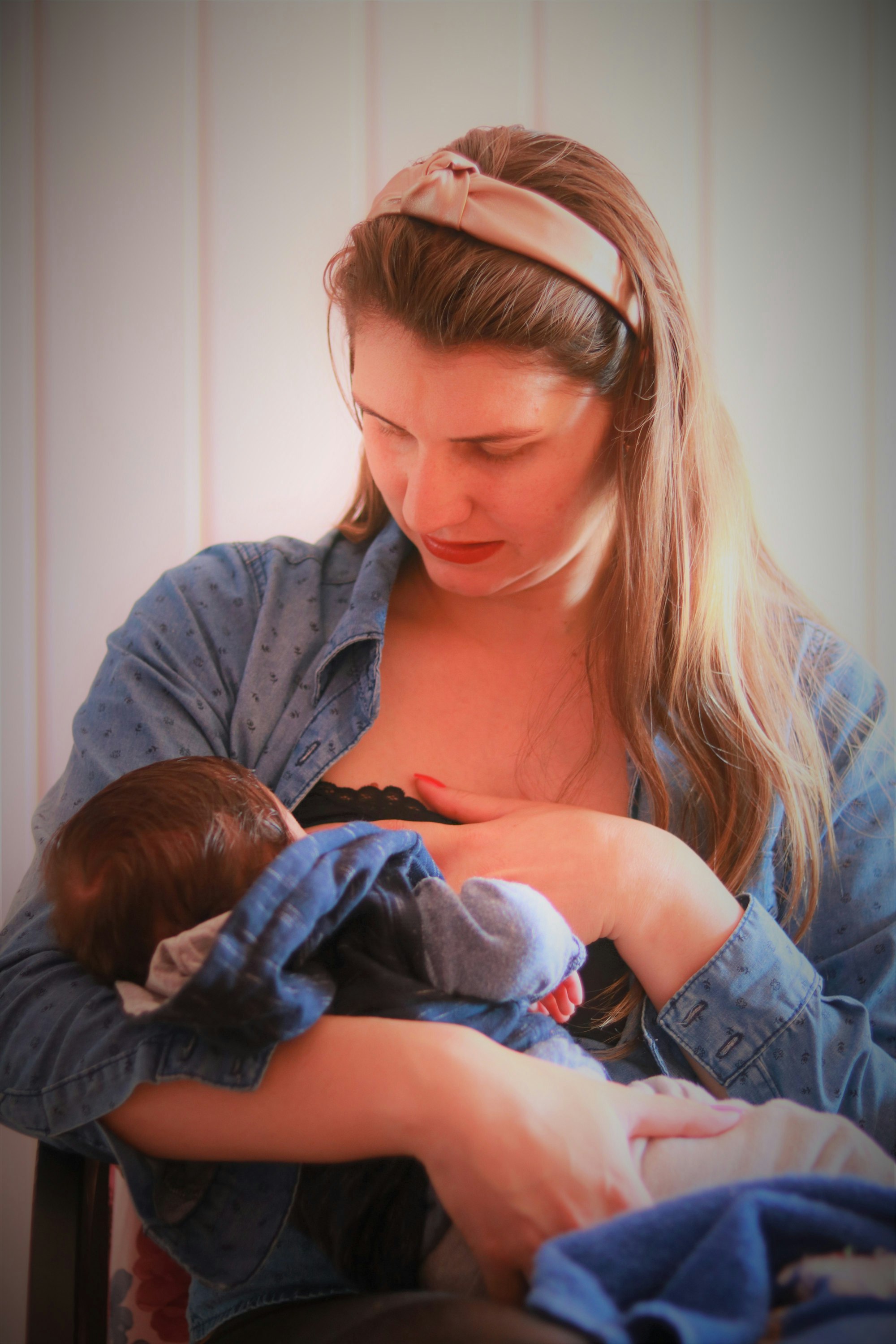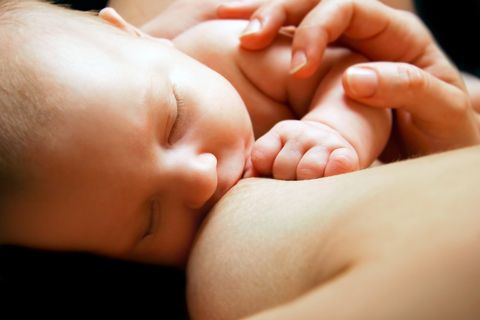A Breast Care Guide for Breastfeeding Mothers
You can care for your breasts after breastfeeding by rinsing with clean water, to wash away any saliva, then you can apply some of your own breast milk or nipple cream and allow to air dry.

Breast and Nipple Care During Breastfeeding
This page is our breast care guide, including tips about cleaning and preparing your breasts and nipples for a breastfeeding session. This page will also give information about avoiding cracked and painful nipples during breastfeeding.
Breast Care Information
- You can care for your breasts after breastfeeding by rinsing them with clean water to wash away any saliva, and then you can apply some of your breast milk or nipple cream and allow them to air dry.
- Avoid wearing clothing that prevents your breasts from breathing. Cotton bras are the best while breastfeeding because they air dry quickly, preventing harmful bacteria growth.
- Change your nursing pads often. Wet pads are the breeding place for germs that can cause yeast infections and mastitis.
- Breast care and hygiene: Do not use soaps, alcohol, or lotions on your nipple area, as this could cause them to dry out and crack. Also, keep other products like perfume, deodorants, or powders away from your nipple area.
- What about nipple care? It is unnecessary to wash your nipples before every feeding unless you have used special ointments that are not recommended for a baby's consumption.
- Wear loose-fitted bras, and avoid wearing bras with underwiring, as this can cause blocked ducts and mastitis.
- How to prepare for breastfeeding during pregnancy

How Nipple Pain Can Be Avoided
- Latching on efficiently will prevent sore nipples. The baby should have the whole nipple, plus a large amount of the mother's areola, far back in their mouth.
- Find a breastfeeding position that is comfy for you and your baby. Your baby's body should be facing yours while breastfeeding; this makes it easier for your baby to breastfeed, reducing nipple pain.
- Do not pull your baby off the breast while breastfeeding; use your finger to break the suction in the corner of the mouth to stop breastfeeding.
- Learn about how to handle a baby biting while breastfeeding.
- Breastfeed your baby before they become cranky and demanding. If your baby is over-hungry, they might suck harder than usual, resulting in nipple pain.
Best Breast Care Health
- Breastfeeding preparation: do not use products you must wash off before your baby may breastfeed.
- Preferably use natural breast care products, like olive oil or your own breast milk.
- Lanolin cream is excellent for treating sore nipples. Lanolin does not need to be washed off before feedings.

The Tushbaby Hip Carrier
With its ergonomic design and comfortable waistband, Tushbaby provides optimal support for you and your baby. Say goodbye to shoulder and back pain from traditional carriers, as Tushbaby evenly distributes your baby's weight, relieving strain and promoting better posture.
When you Need to Get Help
- If you cannot get rid of engorgement or a blocked duct.
- If you have a fever or any other flu symptoms.
How to Prepare Your Breasts for Breastfeeding
- During pregnancy, make sure to eat a healthy and well-balanced diet. This will help your body produce enough milk for your baby.
- After your baby is born, try to nurse as soon as possible. This will help your body produce enough milk.
- Stay hydrated to help your body produce enough milk.
- Ask your healthcare provider or a lactation consultant for advice and support if you have any breastfeeding concerns. They can help you get off to a good start and ensure that you and your baby are successful at breastfeeding. Alternatively, opt for a Milkology breastfeeding course and equip yourself with the comprehensive knowledge necessary for a successful breastfeeding experience.
